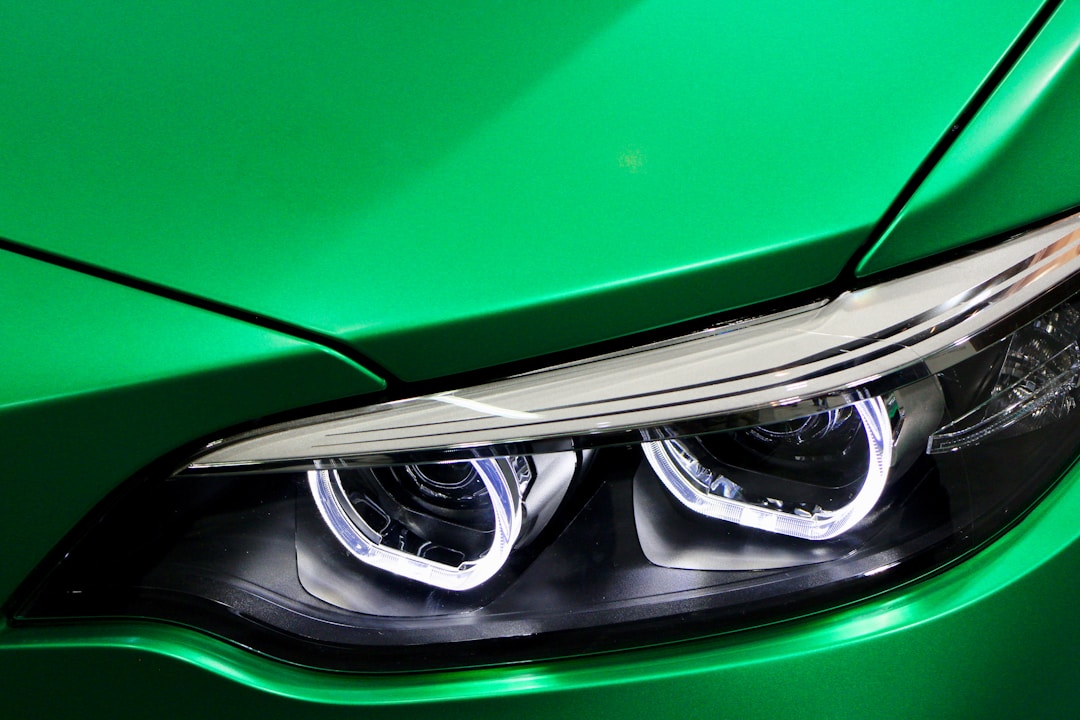Effective Tips On How To Get a Dent Out of a Car

Imagine waking up and heading to your car only to discover a dent that wasn’t there before. A sinking feeling may overwhelm you at the sight, but don’t worry. Your vehicle’s aesthetic appeal can be restored in many cases. This article explores how to do just that. Keep reading to explore the information on how to get a dent out of a vehicle effectively.
Exploring the Basics of Car Dent Damage

Understanding the basics of car dent damage is fundamental before diving into how to fix them. Dent damages vary greatly, with some resulting from minor incidents and others due to serious collisions.
Car dents could be as small as a dime or as huge as a soccer ball. The extent of repair required depends highly on the size and depth of the dent. Depending on how the incident happened, some dents might scrape off your car’s paint or even fracture the metal, requiring more detailed repair.
Understanding how to get a dent out of a car starts with understanding the damage. It is essential to accurately assess the depth and extent of the blemish, both visibly and beneath the surface. This will dictate the appropriate method of repair.
A simple dent may seem benign, but if left unrepaired, it can result in dire consequences in the long run, such as hindering the vehicle’s aerodynamics or causing further corrosion.
Evaluating the Severity of Your Vehicle’s Dent
The severity of the dent plays a significant role in determining if you can apply a DIY method of repair or if you should seek professional help. A basic visual inspection is the first step toward determining the severity of the dent.
If the dent is small and shallow with no damage to the paint, this might be repaired at home using basic tools. However, if the paint is chipped or there are fractures in the metal, it’s advisable to seek the help of a professional.
It’s also worth noting the location of the dent. Some areas, such as the hood or trunk, might be easier to fix compared to dents on the door or fender due to the metal’s thickness or the damage’s accessibility.
As much as you might want to save money by doing it yourself, remember that not all dents are DIY-friendly. Knowing when to call a professional is a key part of your car’s maintenance.
Seeking Professional Help for Major Car Dent Repair

If there’s damage to the paint or metal, it’s time to turn to the professionals. Body shops are equipped with the tools and expertise needed to handle these complex repairs.
Service cost can vary based on the severity and location of the dent, so it’s crucial to obtain detailed estimates from several shops. Be sure to ask about their specific repair plan, as this can affect the final cost and the longevity of the repair.
Paintless dent repair (PDR) is a widely used professional method. This process involves carefully manipulating the metal back into its original shape without the need for filler or paint, making it cost-effective and time-saving.
Although professional repairs often come with a higher price tag, having a professionally repaired dent will often maintain your car’s cosmetic appeal and value better in the long run.
Preserving Your Car’s Value: Preventing Future Dents
As the old saying goes, prevention is better than cure. And it rings true when it comes to car dent prevention. After all, besides avoiding the stress and cost associated with repairing dents, you want to protect your car’s resale value.
Practical preventative measures include parking away from high-traffic areas, keeping distance from other cars on the road, and avoiding driving in potentially hazardous conditions. Making sure you have suitable garage space to safely store your car will also help prevent accidental bumps and dents.
In addition, investing in car covers can protect your vehicle from unforeseen elements such as hail, falling debris, or even a stray ball from neighbourhood games. These covers can be custom-fitted to your vehicle model, thus offering optimal protection.
Lastly, regular car inspections and quick response to small dents can prevent them from developing into larger issues which could cost you much more down the line.
Overall, successfully getting a dent out of your car involves evaluating the damage, implementing a proper repair plan, and taking preventive measures for future dents. Whether you choose to DIY or consult a professional, the main goal is to preserve the visual appeal and value of your beloved vehicle.





